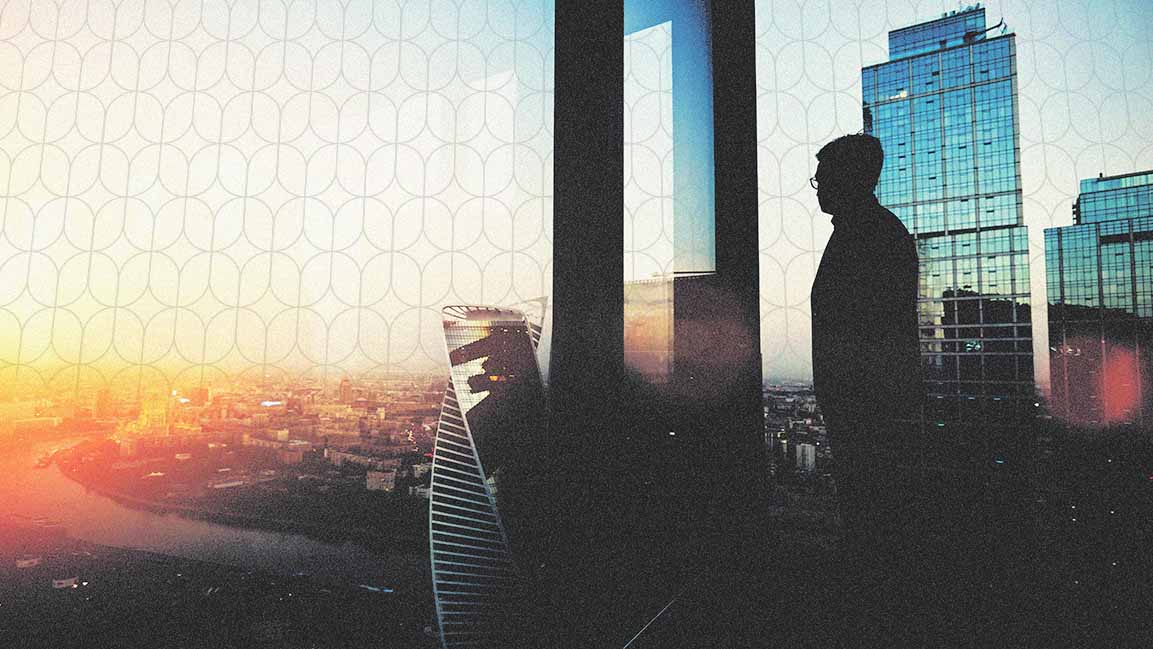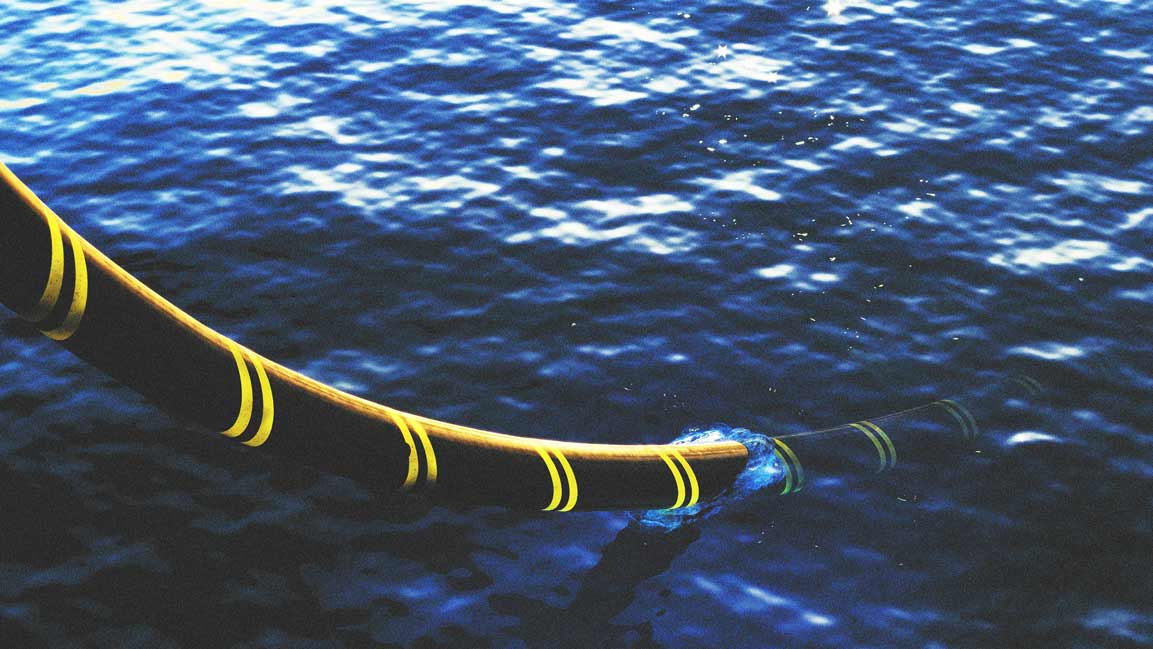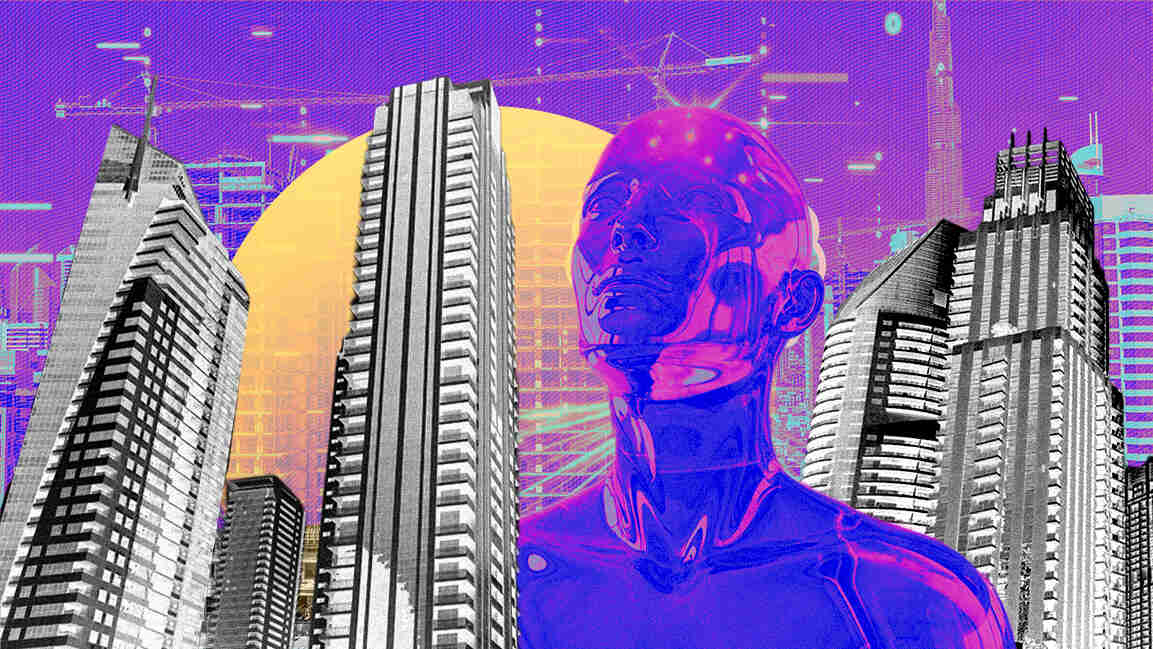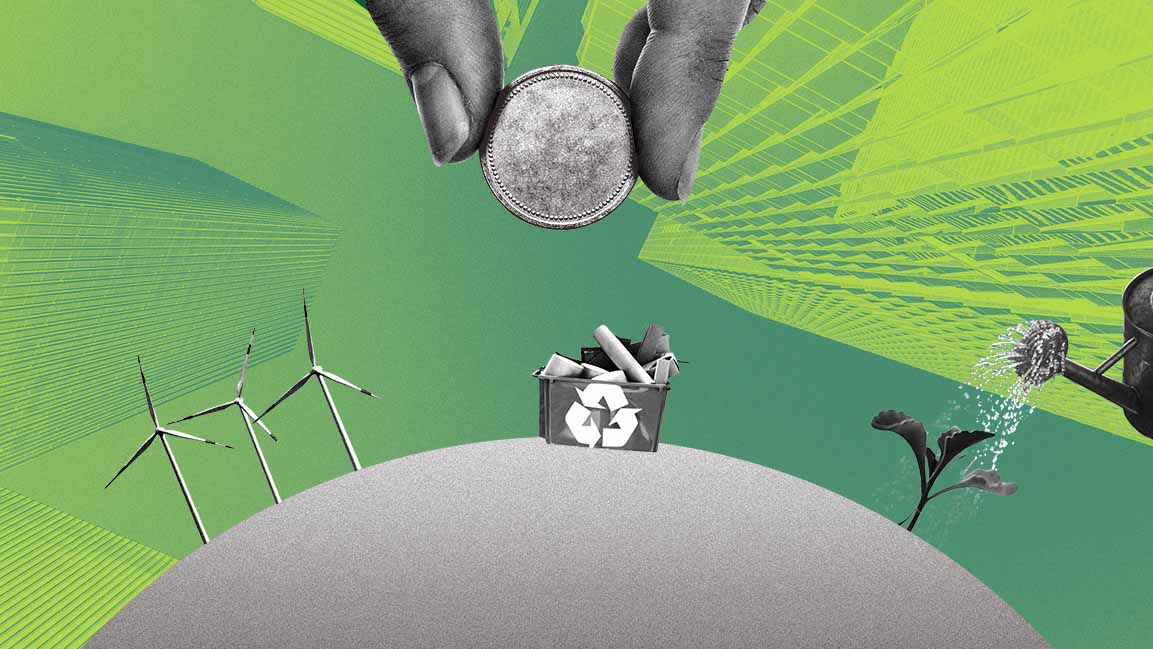- | 9:00 am
Not just smart, Dubai’s luxury residences are redefining luxury living
Shaping sustainable and high-value real estate for discerning investors and residents

Creating lasting value requires looking far beyond quarterly gains and imagining how people will live, work, and move through cities decades from now. By anticipating shifts in mobility and amenity demand, developers can pursue projects that strengthen existing transport corridors, retail nodes, and service hubs, improving connectivity and economic efficiency.
Long-term value comes from deliberate choices, such as selecting locations with structural demand, specifying flexible layouts and resilient materials, and committing to active asset management that sustains competitiveness as conditions change. These decisions reduce the risk of obsolescence and allow returns to compound steadily rather than spike and fade.
For Yousuf Fakhruddin, CEO of Fakhruddin Properties, “The focus isn’t on chasing immediate returns, but on disciplined investment in core principles.”
VALUE CREATION
Non-negotiables for long-term value creation in real estate start with location. “As clichéd as it sounds, a prime location inherently provides a competitive edge, ensuring demand and resilience against market fluctuations,” Fakhruddin says.
Quality is just as essential. Cutting corners on construction or materials, he notes, is “a fatal mistake.” Sustainable design is equally critical, not only for its environmental credentials but for its durability. “This isn’t just about eco-friendliness but about future-proofing,” he explains, emphasizing that sustainability keeps a building relevant, desirable, and cost-efficient to operate over time.
Real estate, he stresses, is more than bricks and mortar. “This non-negotiable means thinking beyond the individual unit and focusing on the ecosystem surrounding it,” he says.
Even the best-designed and best-located property can lose value without effective management. Transparent, hands-on oversight, from routine maintenance and security to financial controls and tenant relations, is essential to ensure that a prized asset does not become a liability.
Implementing net-zero and energy-efficient features has offered both rewards and lessons. The most important insight, he says, is that while initial capital expenditure may be higher, the long-term operational savings and enhanced asset value far outweigh upfront costs. “We’ve seen significant reductions in utility bills for residents, translating into lower vacancy rates and better returns for investors,” he notes.
Another key takeaway is that energy efficiency and net-zero goals must be embedded from the very beginning of a project. “Making piecemeal adjustments later is extremely inefficient and costly. Designing for passive cooling or incorporating a highly insulated building envelope needs to be foundational, not an add-on,” Fakhruddin explains.
Resident education is a vital component of any energy efficiency initiative. Even the most advanced smart home systems or energy-efficient appliances only deliver real savings when residents understand how to use them effectively.
Robust data measurement and verification form the backbone of every sustainability effort. Tracking performance demonstrates the effectiveness of initiatives, highlights areas for improvement, and provides the evidence needed to support sustainability claims.
Exploring alternative materials and modular construction is also on the agenda, though always with a calculated approach. “The consistent availability of high-quality alternative materials at competitive prices in the UAE market can be challenging,” he adds.
Skilled labor and logistics are major considerations. Experienced manufacturers are limited, and transporting large modules in dense urban areas like Dubai is challenging. Perception also matters, as alternative materials can be seen as less durable or luxurious, and modular construction is sometimes mistakenly associated with temporary or lower-quality structures.
Environmental conditions play a role as well. “Certain materials or modular assembly processes require different considerations for extreme heat and humidity,” he notes.
HYPE VS. REALITY
In Dubai’s fast-paced real estate market, trends emerge daily, but not all deliver long-term value. “For me, that’s often the naive adoption of every PropTech solution, especially those that promise AI or Blockchain for all real estate challenges,” Fakhruddin says.
Some ‘smart’ features carry high costs or raise data privacy concerns. “If a technology doesn’t genuinely cut costs, boost revenue, or improve the user experience, it’s just a gimmick. It becomes a marketing buzzword rather than a real functional upgrade,” he explains.
Despite their limitations, these trends continue to gain traction, with developers often chasing innovation as a selling point even when the long-term value is uncertain. At Fakhruddin Properties, however, discernment guides the approach.
“We invest in PropTech that offers real substance, such as advanced smart air purification, energy-efficient solutions, smart waste management, and AI-enabled smart home automation. These genuinely boost wellness, reduce environmental impact, and provide residents with tangible, long-term value and comfort,” he says.
The influx of foreign capital into Dubai highlights the city’s ongoing appeal as a global hub for investment, business, and luxury living.
Fakhruddin Properties’ Treppan Living brand combines luxury with sustainability, wellness, and smart home automation, featuring eco-conscious systems like Smart Air Handling Units, hydrogen water, AI-enabled energy efficiency, and smart waste management. With decades of experience and projects in the UK and Africa, the company leverages global insights to deliver lasting value in Dubai’s luxury market.
“The high-interest rate environment is reshaping capital deployment,” he explains. Fakhruddin Properties focuses on luxury and mid-luxury projects with wellness and sustainability features, directing equity to developments with the highest immediate value. Rigorous financial planning, cash flow management, and operational efficiency ensure each investment drives long-term growth and stakeholder value.
The goal, he emphasizes, is long-term growth. “We strive for each investment to contribute significantly to our growth while delivering exceptional value to our stakeholders and customers,” he says.
SMART SPACES, SMARTER EXPERIENCES
Fakhruddin Properties is moving beyond basic occupancy metrics to understand how residents use their homes. In newer developments, IoT sensors monitor common areas and key building systems in real time, tracking performance, energy use, and potential anomalies. For instance, slight variations in a chiller unit trigger early inspections, while underused areas can prompt adjustments to lighting schedules, improving energy efficiency.
Data also informs amenity management. Smart access and sensors reveal the most used facilities, helping schedule cleaning, maintenance, and events efficiently. Anonymized demographic and preference data allow targeted communication, such as notifying families about kid-friendly activities or sending fitness-class updates to gym users, enhancing the overall resident experience.
Homeowners and tenants also benefit from dashboards that track their energy and water consumption in real-time, empowering more sustainable choices. “Data from access cards or biometric systems helps us monitor entry and exit patterns, identify unusual activity, and enhance security protocols,” Fakhruddin adds.
While technology enhances the resident experience in the UAE, Fakhruddin Properties is expanding its smart, sustainable living model to other markets, including the UK and Africa. Rapid urbanization in Africa is driving strong demand for modern residential, commercial, and retail spaces, with government infrastructure investments unlocking significant real estate potential.
The UK remains an attractive market due to its vibrant economy, strong job market, and ongoing urban renewal initiatives. Lower property prices make entry more accessible to a wider range of investors and residents, fueling sustained demand.
IMPACT AND LEADERSHIP
Fakhruddin Properties’ developments are designed to impact the economy and the community. Over the next decade, the Treppan living-branded residences are expected to shape a cultural shift in the UAE toward sustainable and healthier living, creating legacies that prioritize well-being and environmental responsibility.
Community-focused features like Greenhouse Cafes with hydroponics provide hubs for residents to connect, grow their own produce, and join sustainability workshops. These initiatives foster shared responsibility and interaction, turning residential complexes into vibrant social spaces while offering a technologically advanced lifestyle that combines convenience, security, and efficiency.
The prestige of branded residences with a unique value proposition, he notes, also enhances Dubai’s image as a destination for aspirational living. “I believe more developers will follow suit, recognizing the long-term value and cultural impact of building spaces that are not only visually appealing but also contribute positively to mental and physical well-being. We are building for a future where economic prosperity and elevated community living go hand-in-hand,” Fakhruddin adds.
This vision demanded bold leadership. A pivotal moment came when the company strategically embedded sustainability and wellness at the core of its philosophy through Treppan Living, when green luxury was still emerging. Rather than a single project or financial decision, it was a deliberate commitment, requiring significant upfront investment in advanced systems like centralized hydrogenated water and Smart Air Handling Units.
Educating potential buyers and adopting new methods presented challenges and shaped the company’s leadership approach. “Leadership isn’t just about reacting to trends; it’s about anticipating them, sometimes even creating the next wave,” he notes. Conviction in the long-term value of sustainability and wellness proved essential, even when it meant higher upfront costs or longer sales cycles. His role evolved from directing operations to serving as a chief evangelist, ensuring everyone understood why this shift was vital. The focus was on building a lasting legacy rather than maximizing immediate profits.
The risk has paid off. “This strategic pivot has now positioned us as a leader in sustainable and wellness-centric luxury development,” he highlights.







































